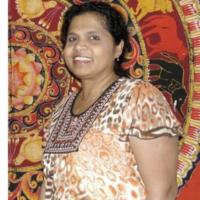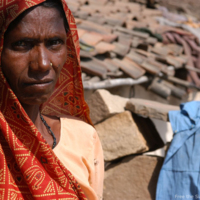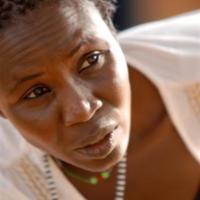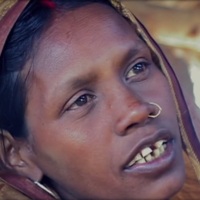
At night I had to have sex with the Chinese man. I couldn’t stand it. I kept crying…but then they beat me severely…I was not allowed to go outside.
I don’t know why they beat me. One day they beat me a lot. Even the neighbor came to the house and tried to stop them. When the neighbor stopped the mother, then the son beat me again. When the neighbor stopped the son, then the mother beat me…Every time I was beaten, I did not know what to do. I was bleeding from my nose and my mouth…No matter what, they beat me.
[…]
There are people who were trafficked, but they have never told this to another person. They hide it as a secret. We do not talk about it openly.
Narrative provided by Human Rights Watch in their report “Give Us a Baby and We’ll Let You Go”: Trafficking of Kachin “Brides” from Myanmar to China









